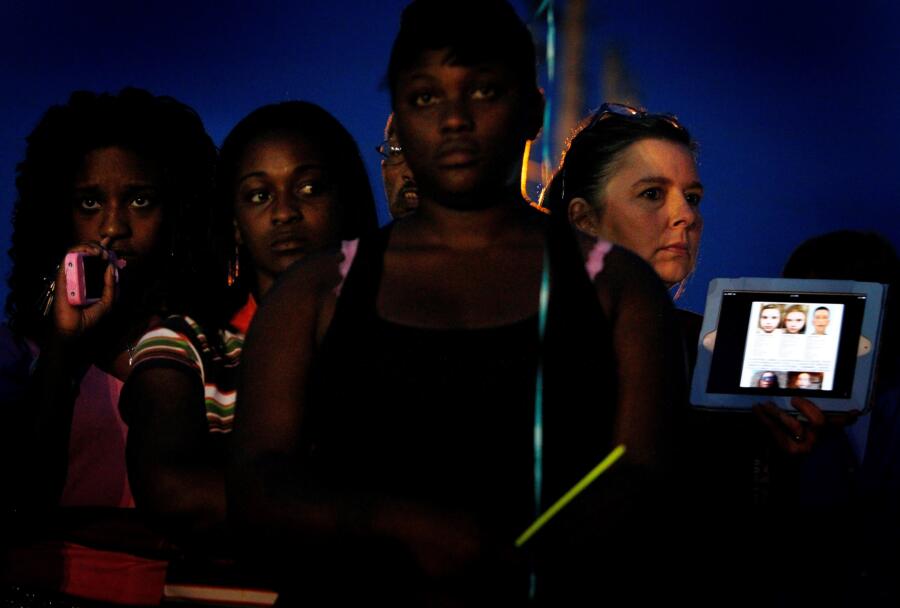In late March, social media erupted with the news that about a dozen Black and Latino children had gone missing in the nation’s capital. Locally and nationally, there was a feeling in some communities that not enough had been done to cover and solve these disappearances. “Missing white woman syndrome,” as late PBS journalist Gwen Ifill dubbed it, means that the disappearance of Natalee Holloway or Laci Peterson or Chandra Levy gets a deluge of attention, but if a woman or child of color goes missing — crickets. Case in point: the much-followed recent abduction of 15-year-old Elizabeth Thomas by her teacher Tad Cummins. It’s hard to name off-hand even one Black or Latina teenage girl who is missing.
“The lack of reporting on missing brown and Black women and girls in America continues to expose how Black lives don’t matter in this country,” writes Dr. Vanetta R. Rather, founder of My Sister My Seed, a nonprofit dedicated to creating a safer world for women and girls, in an email to A&E. “There are over sixty thousand women and girls of color missing in this country, and when there is no national coverage on any of them, and when we can name white women and girls who go missing, but can’t name one woman of color, it exposes who is valued in this country and who is not.”
According to an article in Time, the missing persons information from D.C. police was incorrectly reported on social media. That led to celebs such as Viola Davis and Taraji P. Henson expressing their shock online. LL Cool J tweeted: “I want #missingdcgirls trending!!!!!”
Though the numbers that led to this particular outburst weren’t quite on-target, the dismay from communities of color was genuine. Groups such as The Black & Missing Foundation, Inc. (BAM FI) were founded to raise awareness to cases of missing persons of color. BAM FI, founded by a former member of law enforcement, harnesses Facebook, Instagram, the internet, TV, and more to get the word out, as well as making it easy for families and friends of loved ones to use resources (such as a Department of Justice publication “When Your Child is Missing: A Family Survival Guide”). BAM FI even teaches self-defense courses for kids. It’s worth noting that the FBI National Crime Information Center groups Hispanic kids under 18 with the stats for white missing persons of that age — making it even harder to get an accurate tally.
If BAM FI had existed in 1975, perhaps the body of Darlene McKenzie – a Detroit teenager who had gone missing – wouldn’t have been unidentified for some 40 years. But just because some cases are covered more than others, of course each and every case carries its own tragedy. This issue serves to highlight that every case deserves the same level of attention — and the resources to solve the mystery.
(Image: AP Photo/The Commercial Appeal, Mark Weber)


